Why are the price range of watches so wide and confusing? Is it all marketing? Let me demystify this topic for you.
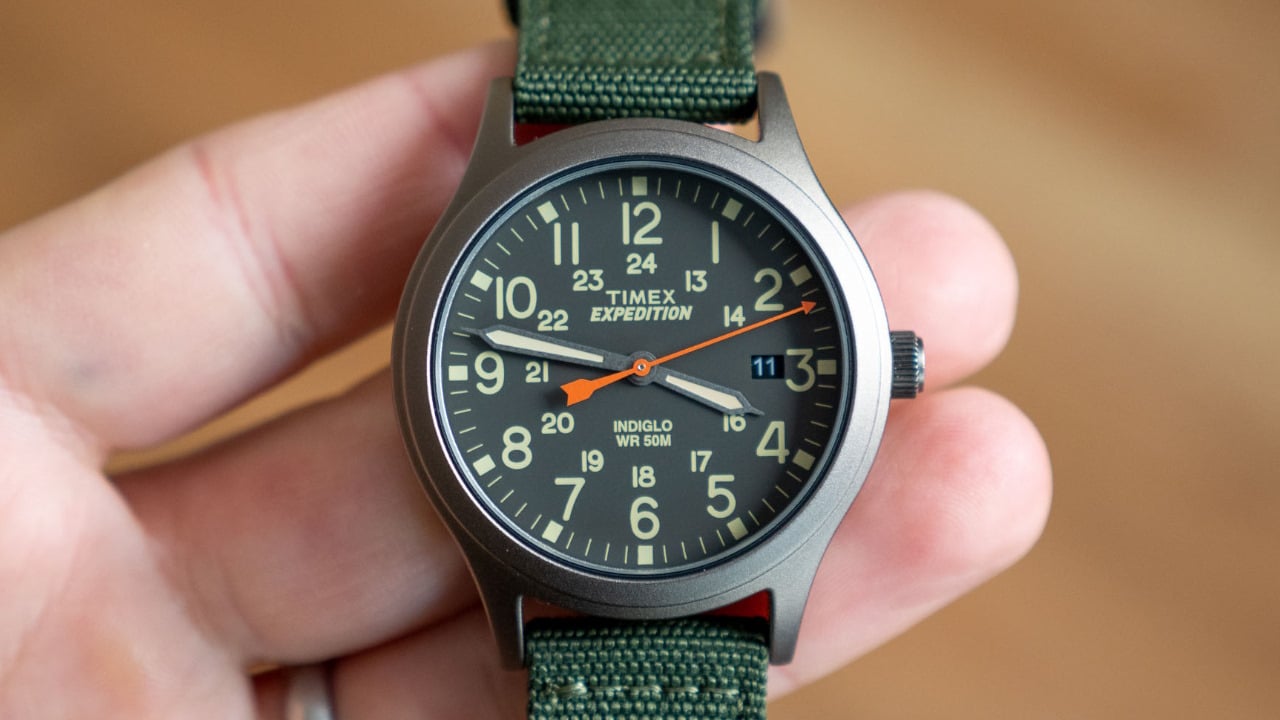
In a lot of ways, watch price ranges are like house price ranges. A well-built home with convenient, practical features will, all things held constant, be more expensive. Homes with history or are built by a famous starchitect will also add to the dollars.
Cities are like brands. A nice house in New York City will cost way more than one in a less economically bustling town. A nice Rolex will cost more than a nice (insert brand I don’t want to insult here).
That basically sums up why watch prices do and don’t make sense. However, let’s get into the details. This way, you can figure out what is or isn’t important to you and then pick the proper price range to sift through!
The Price Range of Watches: A Practical Look Into Its Vastness
The reason price ranges of watches are so wide is rooted in the history of watches. All a timepiece needs to do is tell time.
Since the invention of quartz watches, cheap, accurate timepieces have become easy to make. However, mechanical and automatic movements are historically handcrafted and require skill.
What Makes Cheap vs. Expensive Watches
As an extreme example, a mass-manufactured electronic quartz watch will be far less expensive than a handcrafted automatic.
So, shouldn’t there just be two categories of watch prices? Cheap and highly expensive?
You’d think so, but no.
First off, quartz watches can boast innovations worth the upcharge.
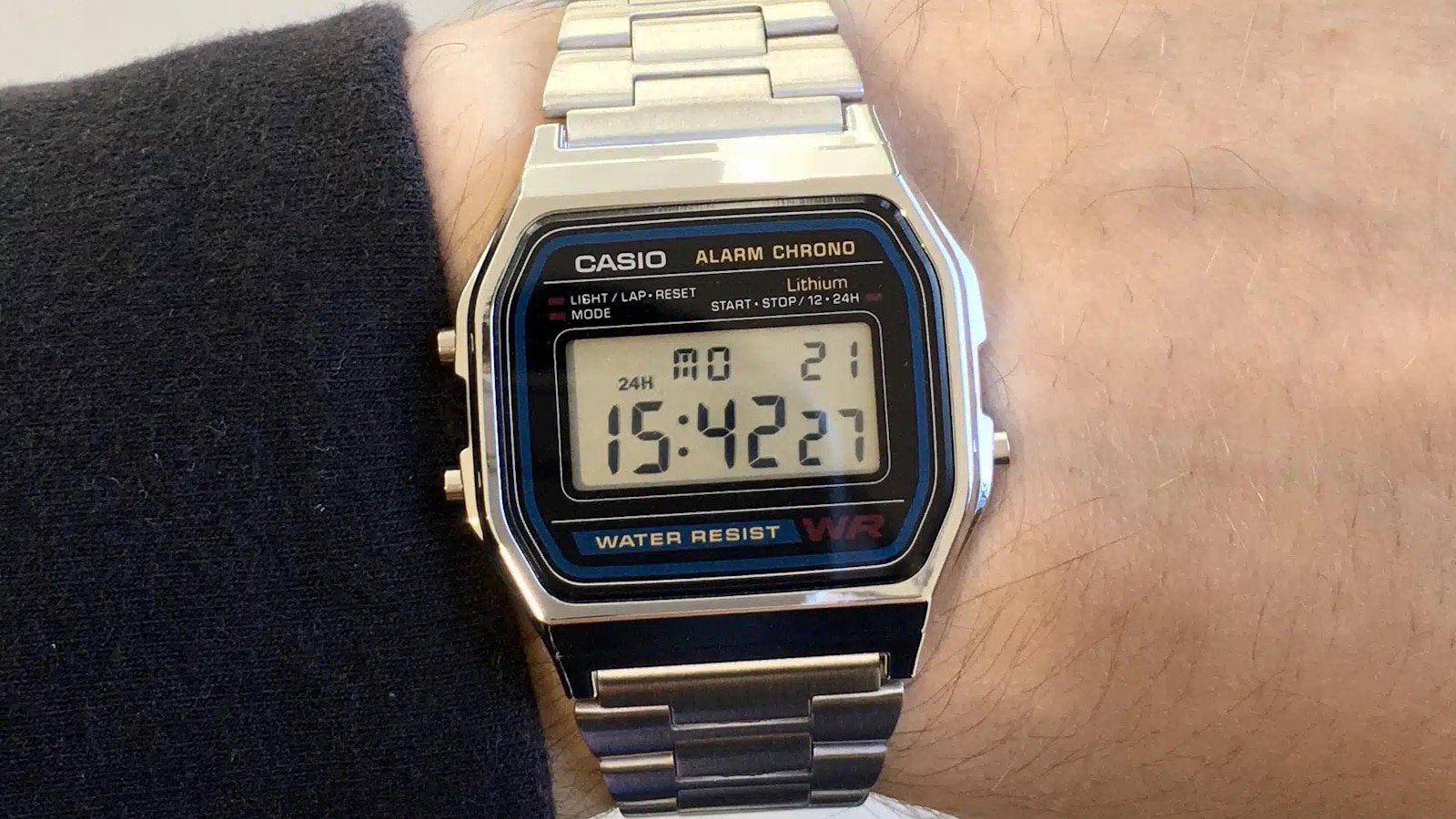
For example, Grand Seiko grows its quartz crystals. Specialists on-site pick and choose the best pieces for peak performance, which requires hands-on, highly skilled work.
Meanwhile, there’s the Citizen watch group. Their Eco-Drive technology is powered by light and ensures fewer battery changes, an innovation that also makes life easier.
Accutron and Bulova, also part of Citizen, offer military-level to-the-nanosecond accuracy with their high-frequency quartz movements.
Gray Areas in Mechanicals
Yes, a traditionally handcrafted mechanical watch requires more of a deft hand than a mass-manufactured electronic.
However, in addition to these genuine works of art, there are mid-level mechanicals, the prices of which inch closer to the quartz world. In fact, a lot of these mid-level watches are more affordable.
Seiko, known for its discipline and efficiency, is a good example of this phenomenon. They use older watchmaking parts and tools. Since we don’t use watches to tell time these days, this democratizes mechanicals to those who are simply horologically curious and on a budget.
Meanwhile, Tissot combined mass manufacturing with Swiss techniques. This means they can offer the coveted Swiss-made moniker on an automatic at way below market prices (think closer to $1000 instead of $2000).
Many luxury brands continue to make their automatics the old-fashioned way while also implementing innovations. Rolex is such a big player because it patents many of its automatic technologies and spec-forward features.
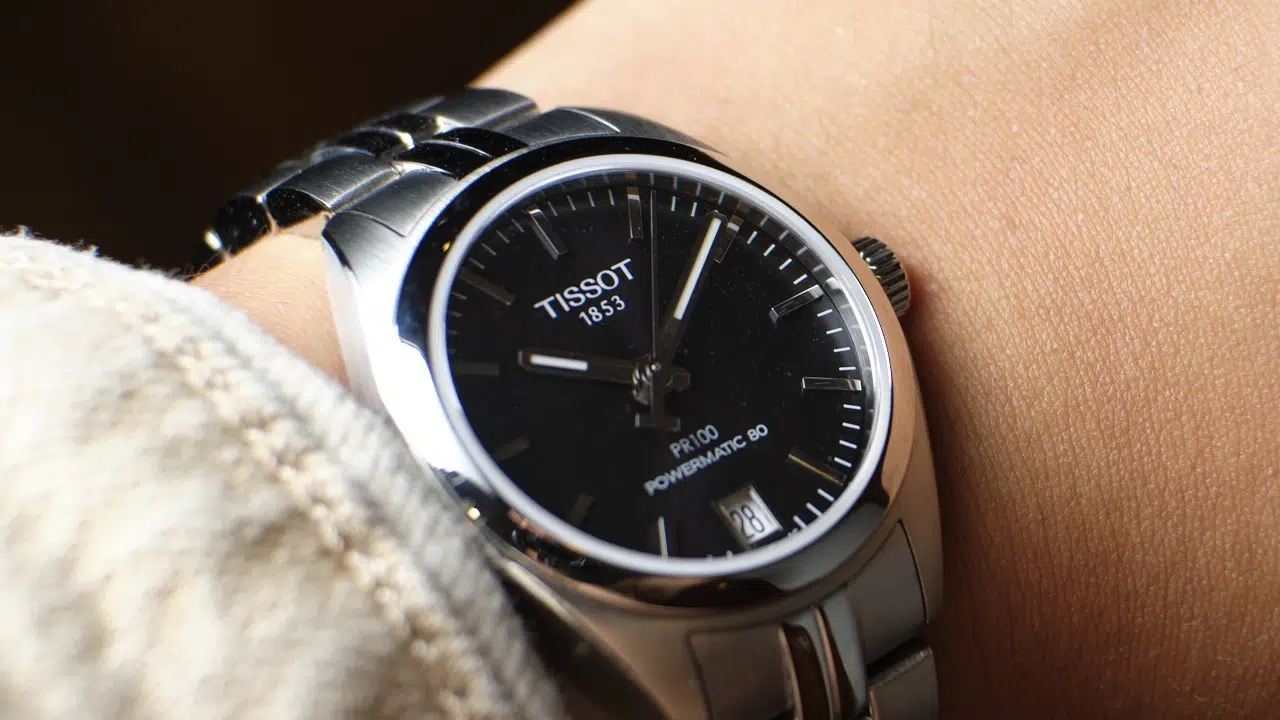
When it comes to these luxury brands, whether or not the innovations and craft preceded the marketing is a tough nut to crack. Did the chicken or the egg come first?
Still, today, their watches are expensive because of this mix of marketing and true craft.
Now, let’s go into detail regarding the price category.
Explaining Watches by Price Range
It’s important to understand watches by price range because not every $100 watch is made alike. Not every $1,000 watch is made alike.
Let’s start with the budgets and move up from there.
Budget: Below $200
There are, for the most part, three kinds of budget watches: fashion watches, well-built beaters, and heritage models — yes, even at this price point. Many would say the latter two are “real watches”.
Of course, fashion watches are real. I mean that in the most literal way possible. You can use them to tell time; they aren’t some sort of movie set prop.
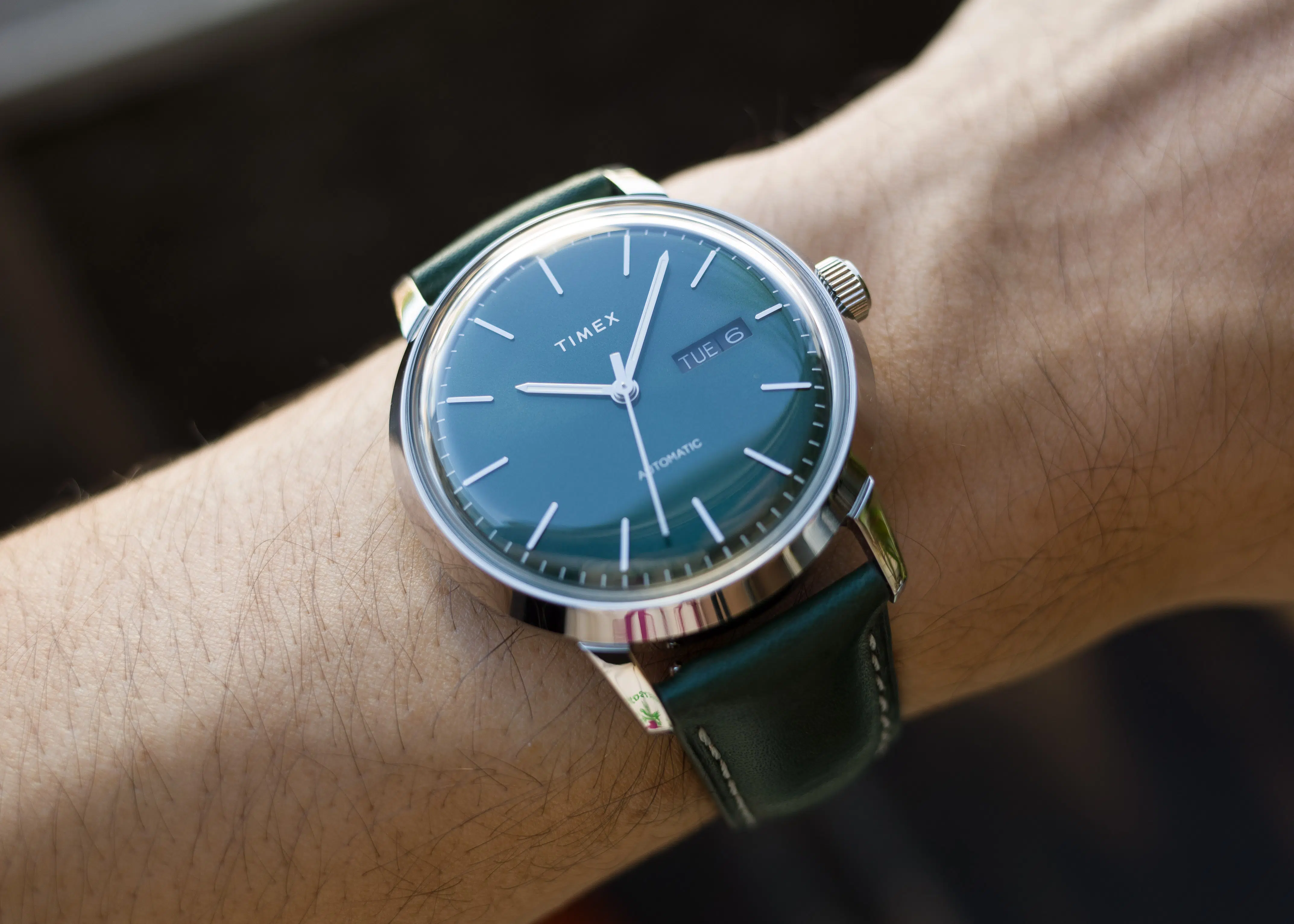
However, they’re mainly designed for style purposes. And, they aren’t always built with quality materials, even within what’s possible within its price bracket. However, this isn’t always a bad thing.
You may want to wear a watch as a fashion accessory or as a timekeeper to help you avoid screen time. Great news: You can find something under $100.
Now, let’s talk about no-nonsense beaters. These models are affordable because they lack bells and whistles. But this doesn’t mean they aren’t built to last. G-Shock watches, and other honestly built field watches are good examples.
You can even find Seiko 5 automatics for under $200. They aren’t the most beautiful or advanced movements, but they’re fairly priced.
Between Seiko and G-Shock, you can find pretty decent specs on a budget.
Another thing these two watchmakers have in common is their followings. Their popularity makes them akin to heritage brands. Timex and Casio are also heritage brands in their own right.
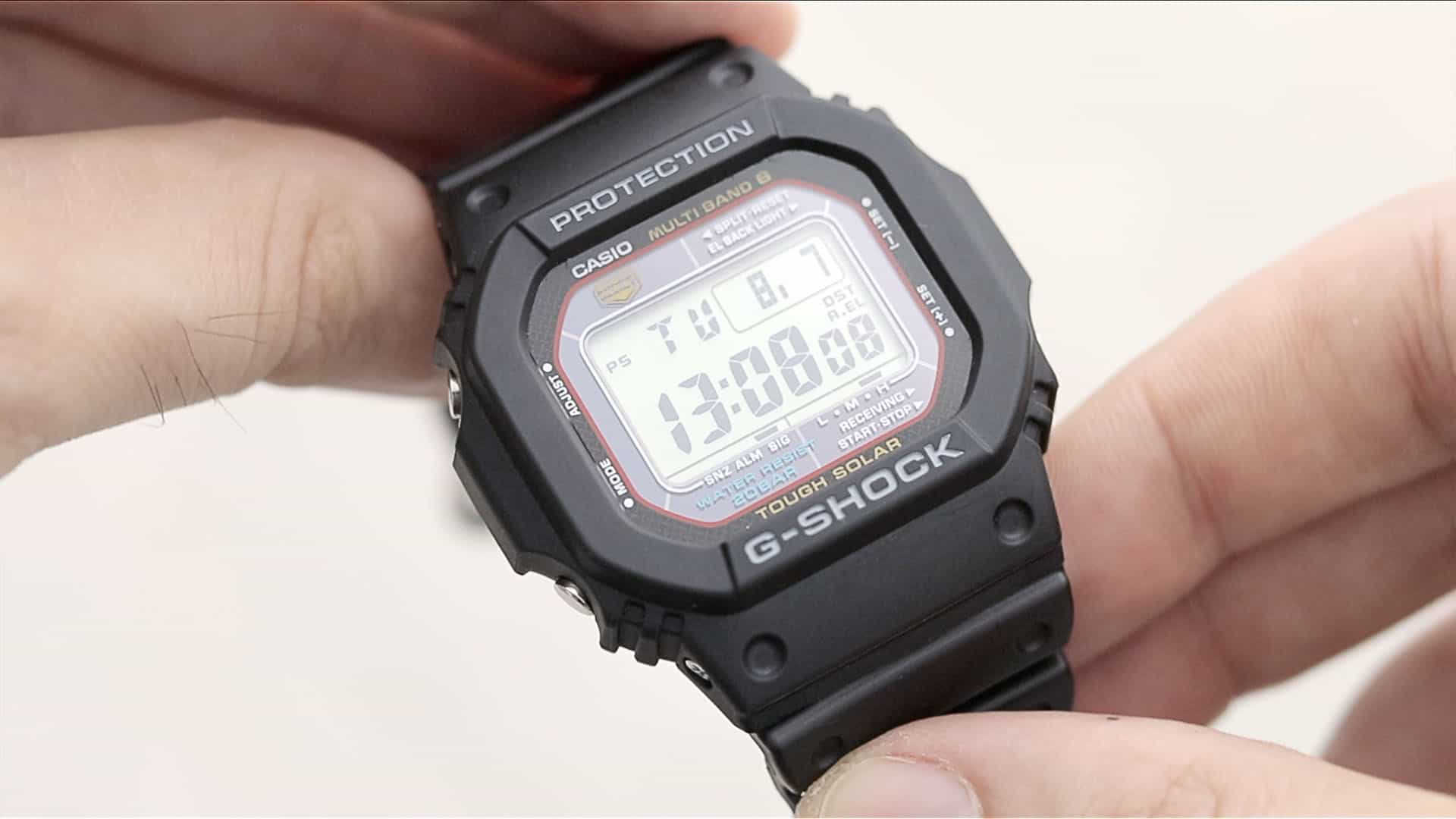
Take a Timex Marlin or a Casio A158W.
No one would deny that these pieces, despite their budget price tag, are “real watches”.
It’s not all cut and dry. Where would Swatch fall, for example?
As a brand, they are collectible and related to Swiss hard hitters like Omega. The simple answer is that it varies from model to model. It really depends on who you ask, but I’d say it’s a mix of a little bit of all of the categories.
Mid-Range to Affordable Luxury: $300-$1,000
Why the wide range for this category? Well, the phrase luxury, especially when qualified by the word “affordable”, is subjective.
For example, certain brands may be considered “affordable luxury” to some. Tissot makes Swiss watches, offers automatic movements, and has some lore.
Ask any watch and film buff about the nameless, referenceless Tissot in Rear Window. They’d consider it one of the white whale mysteries of the watch world.
However, Tissot’s $300 quartz watches, though real watches, are definitely more affordable than luxury. This is despite being related to some $1,000 Swiss-made automatics that many might categorize as affordable luxury.
Unfortunately, there isn’t some sort of universal edict.
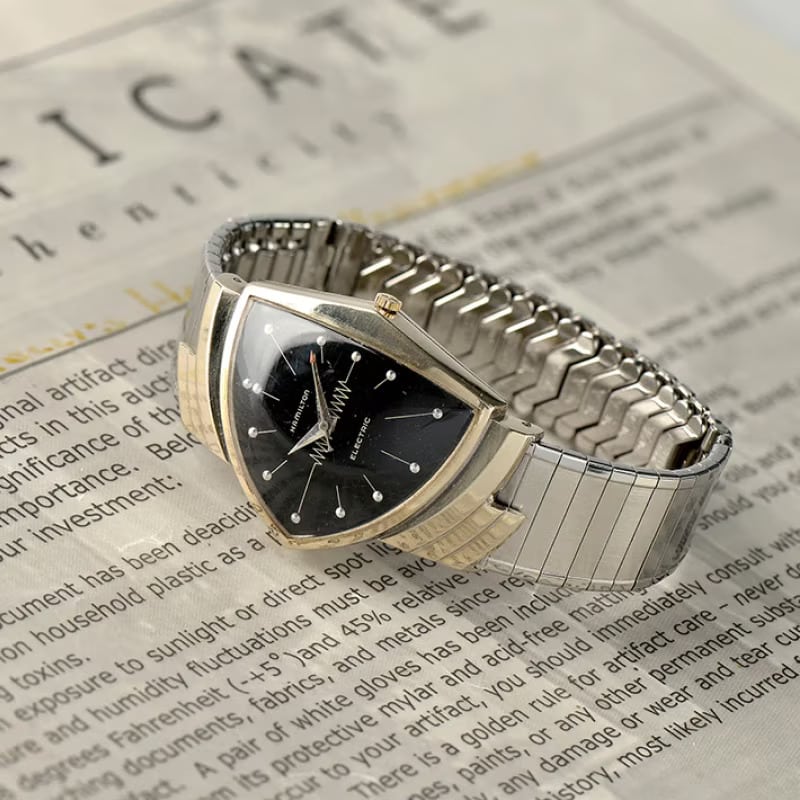
By the way, though, $1,000 is a more-than-reasonable budget for a Swiss-made automatic.
But what’s great about this bracket is you can get some great options in both quartz and automatic. You can even find some historically important and culturally relevant models here.
In fact, this category is rife with quality, honest, well-priced timekeepers that will last.
The Bulova Lunar Pilot, for example, is a well-built watch. It’s affordable for a chronograph, boasts an American heritage (with Japanese watchmaking discipline), and has a history. Like the Speedmaster, it went to the moon, but unlike the Speedmaster, it won’t set you back several thousand.
Elvis famously wore the unique Hamilton Ventura in Blue Hawaii. Unlike the mystery Tissot from Rear Window, you can find it easily.
Even if you stick to the sub-$500 range, the Seikos and Citizens of the World offer high-grade workhorses that will last forever.
Affordable Luxury to Entry-level Luxury: $1000-$8,000
Unless you’re really getting ripped off, most watches in the over-$1000 realm pretty much qualify as affordable luxury.
Otherwise, it’s a watch that’s in demand enough that few would bat an eye that you bought it for that price. Let’s look at the Seiko SKX007 as an example. You can find the SKX007J, which was made for the Japanese market, for close to a grand.
Still, it’s a basic diver that shouldn’t cost any more than $200. However, it’s discontinued. The J version is harder to get a hold of than the K version and its beloved diver. A lot of rare, vintage pieces shouldn’t technically cost as much as they do, either.
So, this is an instant of rarity, and the market dictates what ends up in the luxury cost bracket.
Now, entry-level luxury, to me, means it’s definitely luxury. It doesn’t need the “affordable” qualifier. But it’s also fairly basic. These are where a lot of the classic luxury sports watches fall.
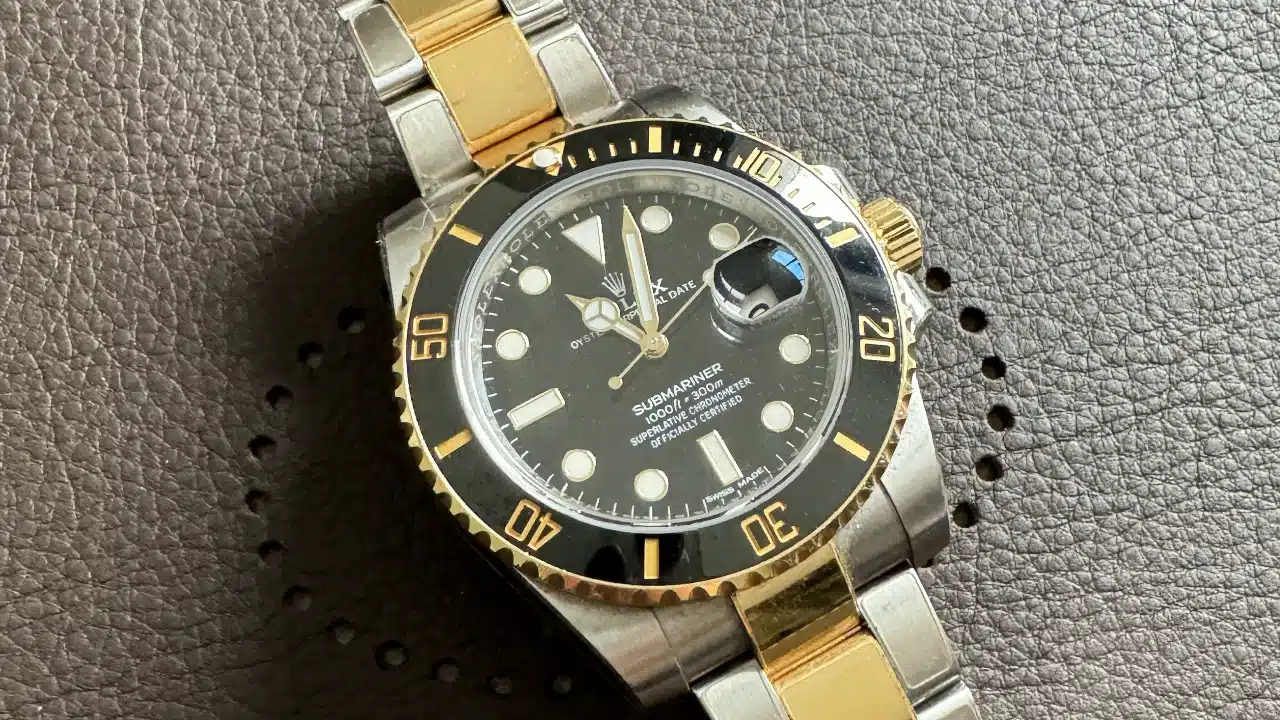
Technically, the Rolex Submariner, the Omega Speedmaster, and even the quartz Seamaster from the ‘90s can all be found between $2,000 and $8,000.
The catch here is that you likely end up paying more to cut the waitlist line. An Explorer II has an MSRP of $9,650, but even gray market sellers like Jomashop have a start-list price of $12,000.
However, you can also get a used one for less than $8,000. Will it come with boxes and paperwork, though? There are no guarantees. And between you and me, at the time of this writing, Rolex secondary market prices aren’t exactly at an all-time high right now (I’m sure they’ll bounce back, though).
Luxury: $8,000 to the Sky’s the Limit
And finally, anything beyond $8,000 is definitely luxury, whether it be entry-level or advanced.
Sometimes, the build of the watch justifies these sky-high prices. Perhaps it’s perfectly applied, flawlessly finished, handcrafted, and features hard-to-make complications. Relatedly, as Rolex does, it may boast patented features you can’t get anywhere else.
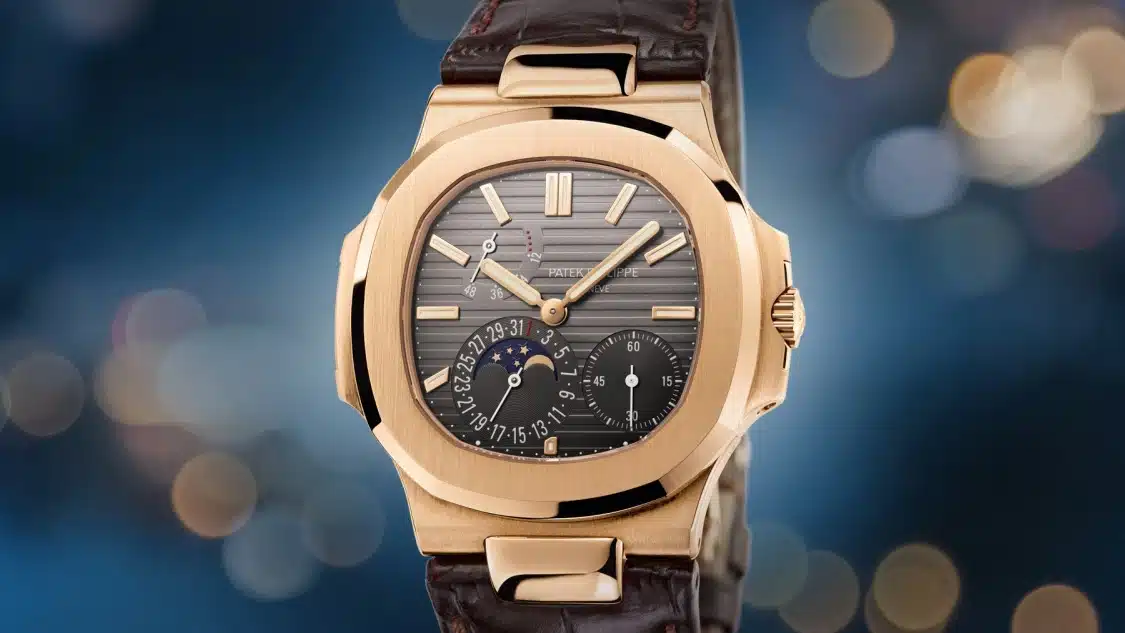
Other times, it’s well built, but depending on who you ask, the brand name doesn’t justify the premium. Conversely, brand heritage and cool lore might be worth it to people since they add to the market value.
And, of course, the rarer the timepiece, the more expensive it will be. That’s why limited editions tend to be good investments.
Conclusion: The Complicated Reasons Behind the Price Range of Watches
Do you simply want a well-built, quality watch that’s automatic? Then, you can cap your budget at $500.
Do you want a big name but also a timepiece that will last you forever? Then go for an entry-level Swiss-made watch for anywhere between $2,000 to $8,000.
At the end of the day, watch price ranges can be confusing because there are just a lot of moving parts.
What matters to you when it comes to the price-to-feature ratio of a watch? Do you not care at all about brand names? Have you changed your considerations after reading this? Let us know in the comments!
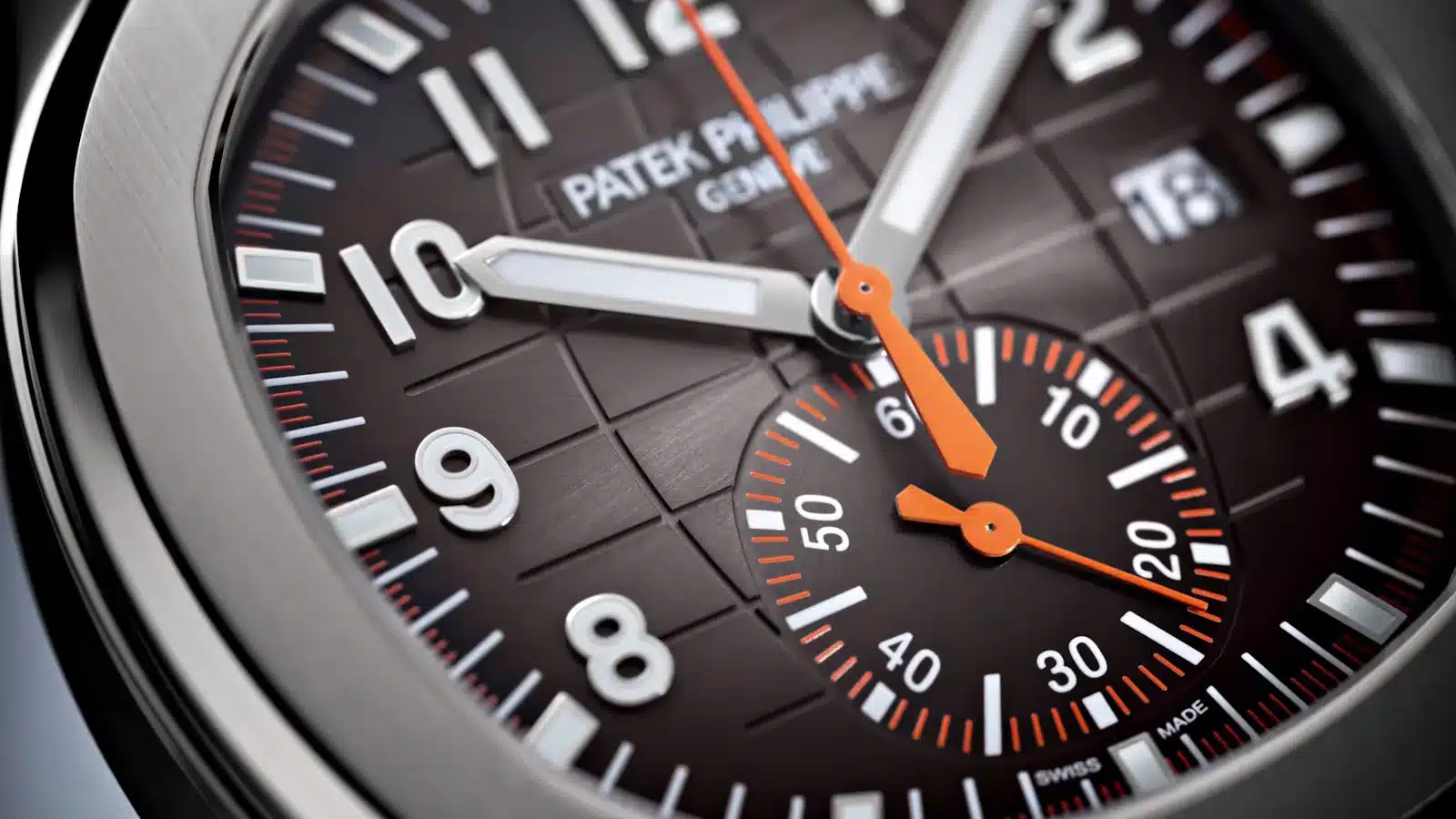
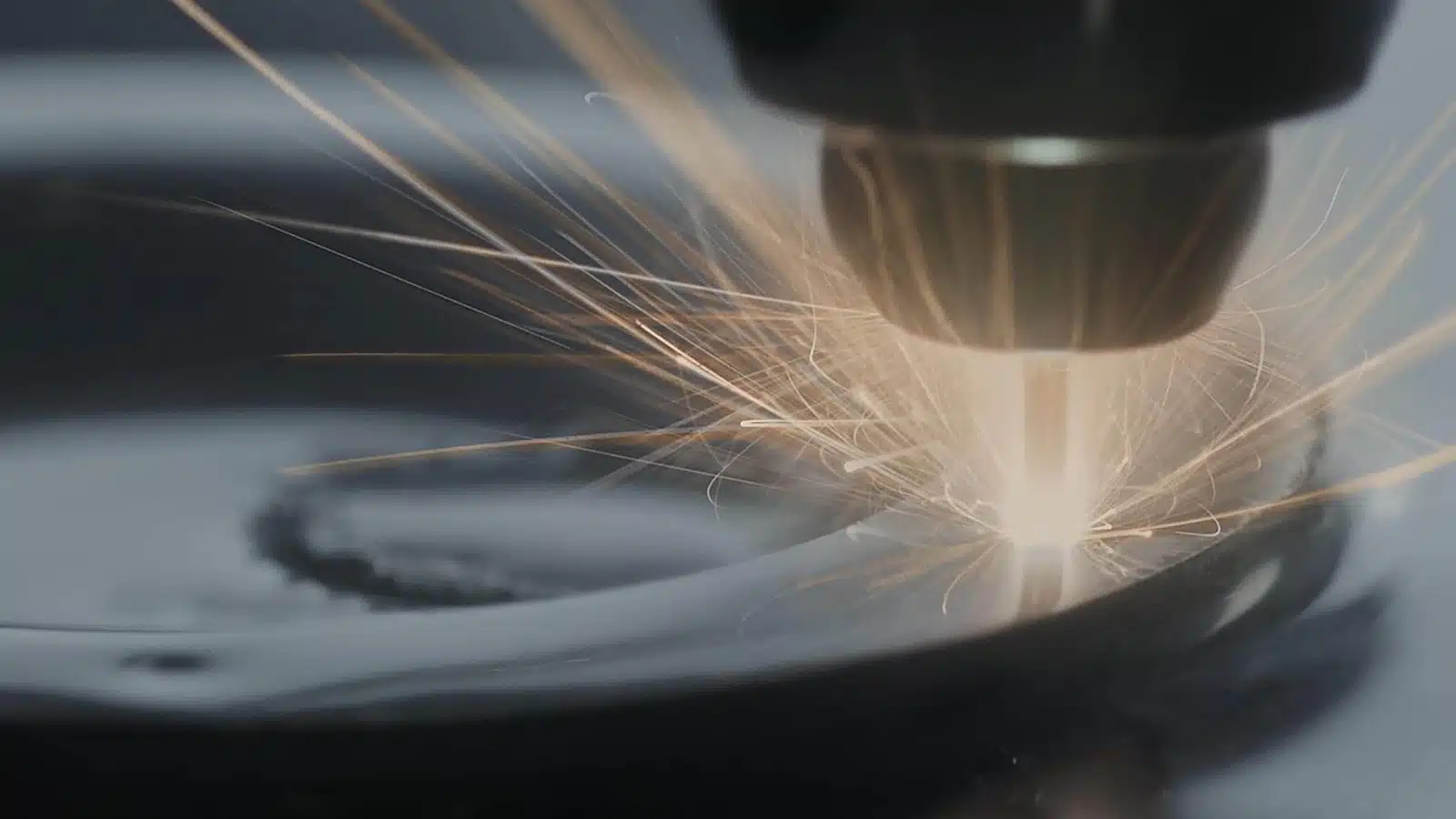
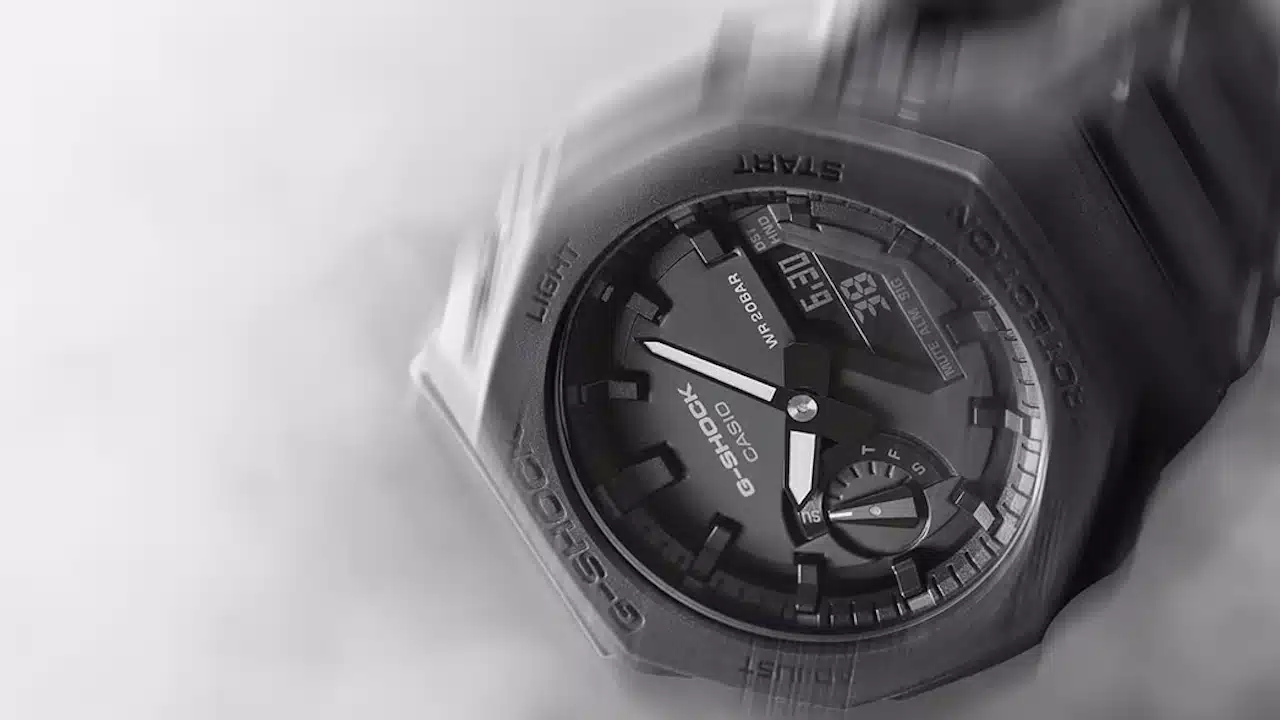
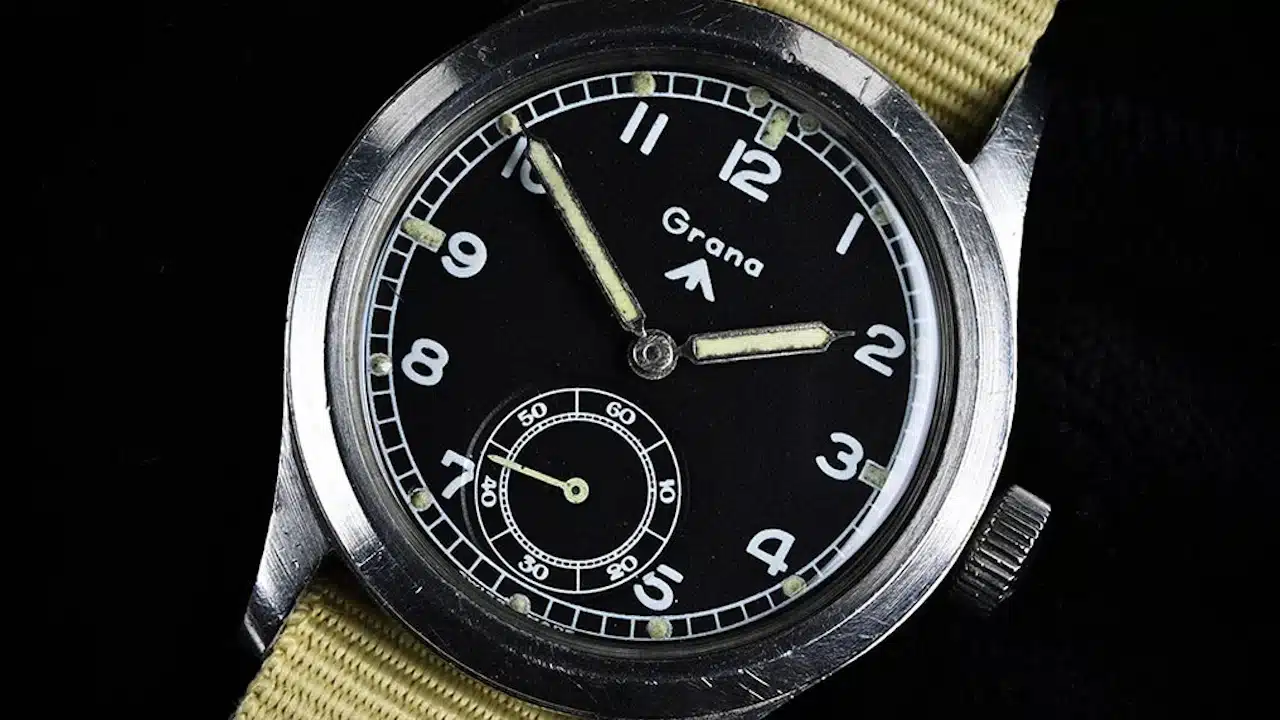
Leave a Reply